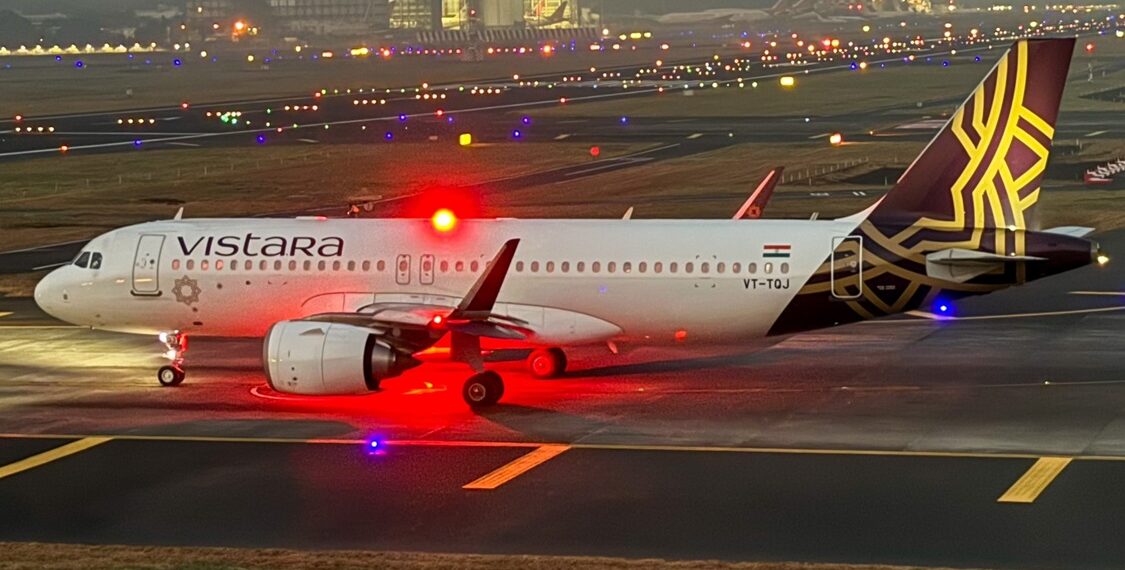The operational merger between Vistara and Air India is expected to be finalised by mid-2025, as announced by Vistara’s CEO, Vinod Kannan, on the occasion of the airline’s ninth anniversary, on January 8.
Kannan highlighted that the successful completion of the merger hinges on obtaining all essential regulatory clearances and most legal approvals are expected to be secured by the first half of 2024.
Subsequently, a series of integration processes will be initiated to streamline operations and establish a unified brand identity.
While a couple of regulatory clearances are still pending, Kannan expressed confidence in adhering to the outlined timeline.
The National Company Law Tribunal (NCLT) is set to conduct the second hearing for the merger in February.
Following this, clearances from the Ministry of Civil Aviation and the Directorate General of Civil Aviation (DGCA) will be sought.
One crucial element awaiting approval is the clearance on foreign investment from Singapore Airlines, which is expected from the Department for Promotion of Industry and Internal Trade (DPIIT).
Last year, the Competition Commission of India (CCI) provided its approval for the merger.
In light of these developments, Kannan assumed the additional role of Chief Integration Officer.
Highlighting his role, he told a national daily, “The main role for me is to ensure that the integration, whether it is regulatory or operational, is carried out as per plan.”
Addressing the operational side of integration, Kannan highlighted the need for liaising with various authorities, both domestic and international.
As Vistara operates in multiple countries, considerations include regulatory requirements, approvals, slots, and traffic rights.
Currently operating a fleet of 67 aircraft with over 320 daily flights, connecting 32 domestic and 18 international destinations, Vistara anticipates receiving three more aircraft by the end of 2023–24, bringing the fleet total to 70 planes.
The airline aims to enhance connectivity to existing international destinations and has allocated 35% of its capacity to the international segment.















